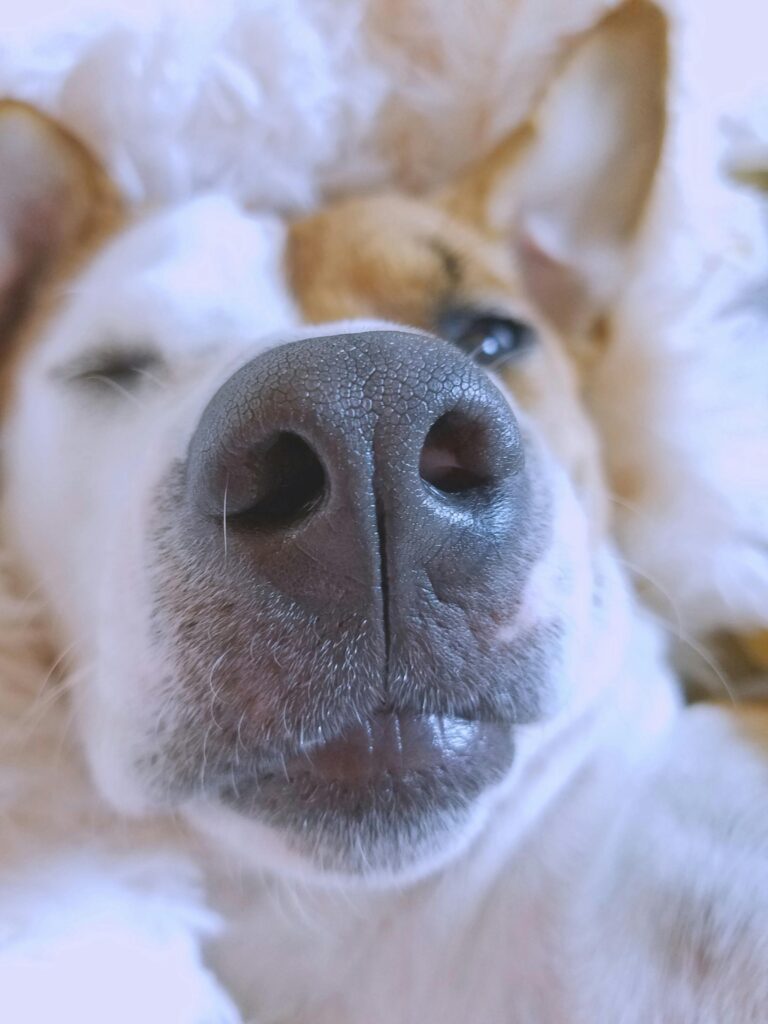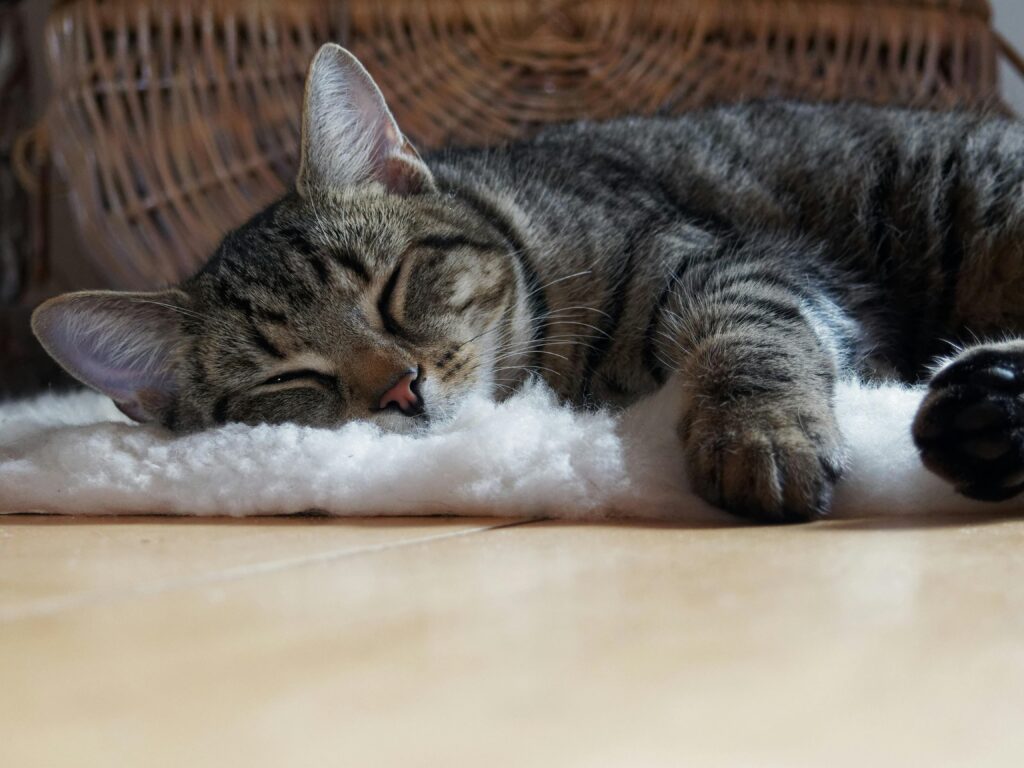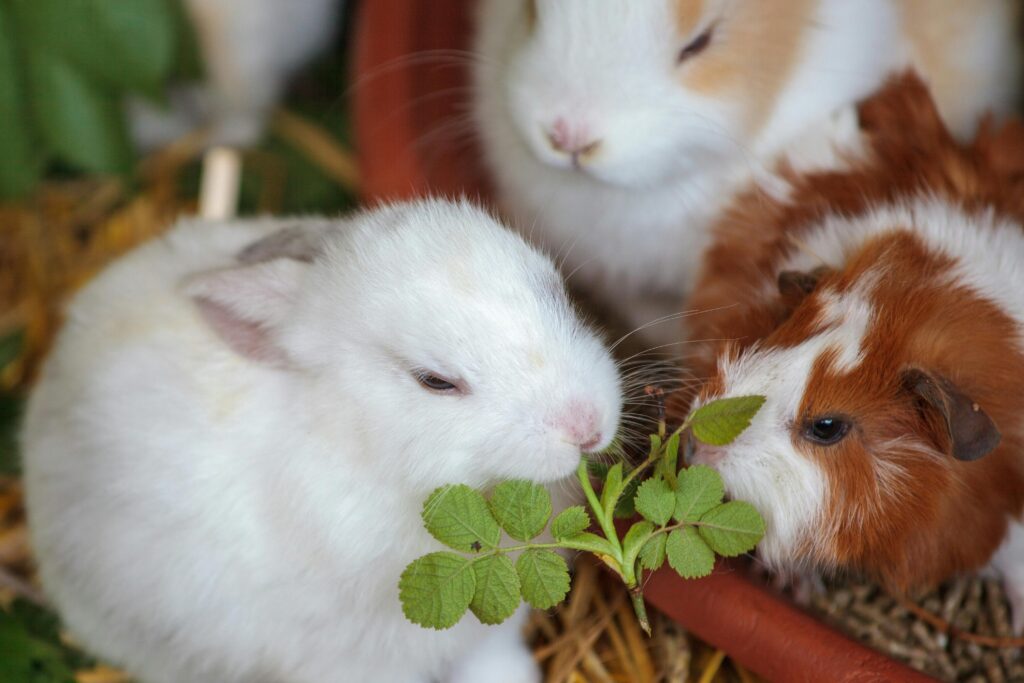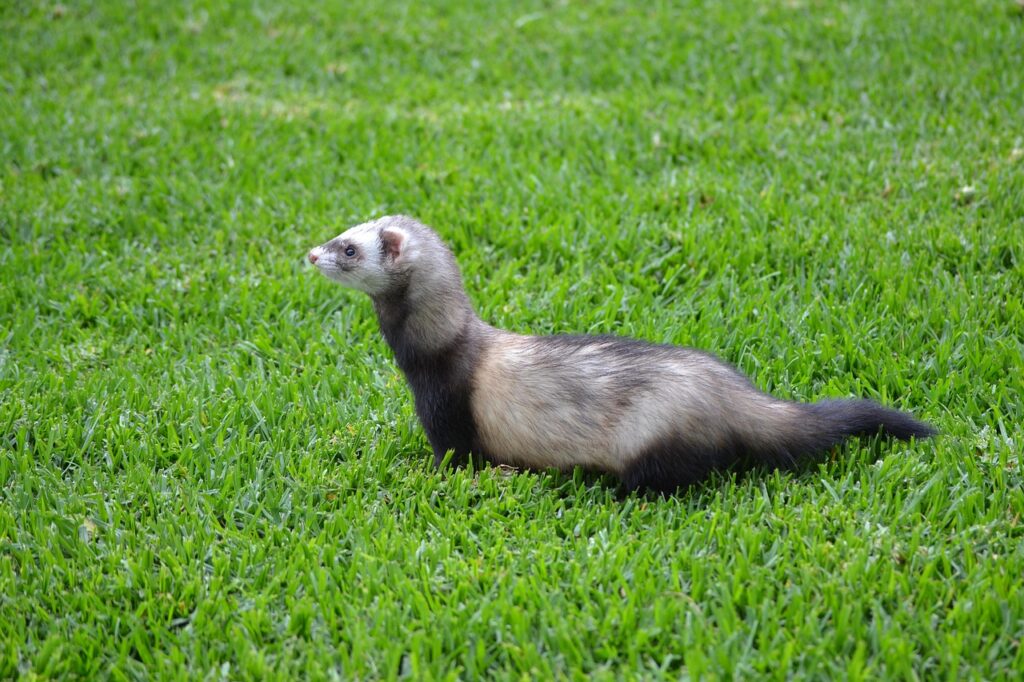Last Updated on 22/10/2025 by Liza Brits
20 Weird Pet Facts

You probably think you know your furry, scaly, or feathered friends pretty well, right? You’ve mastered their meows, decoded their barks, and maybe even learned the secret language of the guinea pig’s “wheek.” But what if we told you there’s a whole hidden world of bizarre, hilarious, and downright absurd animal truths lurking beneath that adorable exterior?
Prepare to have your mind officially blown as we’re diving deep into the most unexpected facts about the creatures we share our lives with. Get ready to laugh, gasp, and maybe look at your pet a little differently after these shocking revelations!
Here are 20 facts that are weird, funny and perhaps even surprising to pet owners.
Dogs (The Goofy New Roommate & Unexpected Genius)

1. They Are Poop Compasses
Dogs often prefer to pee and poop aligned with the Earth’s north-south magnetic field. If you catch them rotating before they squat, they’re just trying to find true North.
2. The Guilty Look is Fake
When your dog looks guilty after chewing a shoe, they are not actually showing remorse. They are just reacting to your angry tone. They only know they are being scolded, not why.

3. Their Only Sweat Glands are in Their Paws
Dogs can only sweat through the tiny glands in their paw pads. Most of their cooling comes from panting, which is why they sometimes leave little sweaty paw prints on a hot day!
4. They Can Get Contagious Yawns
Just like humans, dogs will often yawn if they hear a human yawn, but they are four times more likely to do it if the yawn comes from a person they know and love.
5. Nose Prints are ID
A dog’s nose print is as unique as a human fingerprint and can technically be used to identify them. (Good luck getting an ink pad on it, though!)

6. Dog Noses Are Like Air Conditioners
A dog’s nose has unique folds and scrolls inside that help them separate air for breathing and air for smelling. They can essentially sample air for scent molecules without disrupting their normal breathing, which is why they seem to sniff and breathe simultaneously.
7. They Can Hear You Turn the Corner
A dog can locate the source of a sound in as little as 1/600th of a second (that’s faster than a blink). They use the 18 muscles in their ears to swivel and pinpoint exactly where you are, even when you’re tiptoeing.
8. Dogs Don’t Need an Alarm Clock (They Can Smell Time)
Scientists believe dogs have a sense of time by smelling how the concentration of scents in a room changes throughout the day. When the scent of your presence fades to a certain level, they know it’s time for you to come home.
9. All Puppies are Born Deaf
Puppies are born with their ear canals closed and are completely deaf. They only begin to hear after about two to three weeks.
Cats (The Flexible Predator)

10. The Meow is for You
Adult cats do not meow at other cats; they only use meowing to communicate with humans. It’s thought they learned to do it because it mimics a baby’s cry, which gets our attention.
11. They Can’t Taste Sweets
Due to a genetic mutation, cats cannot taste sweetness. This is why they don’t care about your cake, but will still try to steal your butter.
12. 70% of Life is Sleeping
The average housecat spends about 16 hours a day sleeping. This means by the time a cat is nine years old, they have only been awake for roughly three years of their life.

13. They Can’t See What’s Right Under Their Nose
Cats have a blind spot directly under their nose. If they are frantically batting a toy they can’t seem to reach, it’s probably right below their chin.
14. Catnip Sensitivity is Genetic
Not all cats react to catnip! Sensitivity is an inherited trait, and about 30% to 50% of cats simply don’t have the receptors to get the “high.”
15. They Walk Like Camels and Giraffes
When cats walk, their left front leg and left back leg move together, and then their right front and right back leg move together. The only other animals that walk this way are camels and giraffes.
16. They Can’t Move Their Jaws Sideways
A cat’s jaw is designed solely for biting and tearing straight up and down. They lack the muscle structure to move their jaw laterally (side-to-side), which is why they cannot effectively chew large chunks of food.
17. A “Clouder” of Cats
The proper name for a group of adult cats is a clowder. A group of kittens is called a kindle. (This is a fun one to ask in the comments.)
18. They Use Their Whiskers to Measure Space
A cat’s whiskers are so sensitive they can detect subtle changes in air pressure. When they approach a small opening, they use their whiskers (which are roughly as wide as their body) as a measuring device to ensure they can fit through.
Small & Exotic Pets (The Unexpected Heroes)

19. Guinea Pigs Speak a Language
Guinea pigs have up to 11 distinct vocal sounds! The famous, loud “wheek, wheek, wheek!” is reserved for their human (or a crinkling bag) when they are excited about food.
20. Hamsters Can Inflate Their Cheeks for Swimming
Hamster cheeks are famous for hoarding food (their name comes from the German word hamstern, meaning “to hoard”), but in the wild, they also fill their cheek pouches with air to help them float and swim across water.
21. Hamsters Are Banned in Hawaii
It is illegal to own a hamster in Hawaii. Authorities fear that if they were to escape and breed in the wild, they would pose a major threat to native plants and the ecosystem.
22. Rabbits Need to Eat Their Poop (Sometimes)
Rabbits produce two kinds of droppings: firm, dry pellets and softer pellets called cecotropes. They must re-ingest the cecotropes to get essential nutrients and vitamins their digestive system missed the first time.
23. Turtles Breathe Through Their Butts
Some aquatic turtles, like the Fitzroy River Turtle, can perform a type of respiration called “cloacal breathing,” which allows them to take in oxygen through specialized sacs near their tail end while underwater.

24. Goldfish Have Great Memories
The myth that goldfish only have a three-second memory is completely false. They can remember things for months, can be trained to perform tricks, and can tell the difference between music compositions.
25. Birds Have a Super-Light Skeleton
A bird’s feathers actually weigh more than their entire skeleton. Their bones are hollow and have internal struts to make them strong yet incredibly light for flight.
26. Geckos Have Hairy Feet (Not Sticky)
A gecko’s ability to stick to walls isn’t due to glue, but to millions of microscopic, hair-like structures called setae on their toes. These hairs create molecular adhesion (Van der Waals forces) with the surface.
27. Ferrets Perform the “War Dance”
When a ferret is extremely excited or happy, it performs a behavior called the “ferret war dance,” involving frantic bouncing, hissing/chattering noises, and running backward. It looks terrifying but is a sign of pure joy.

28. A Group of Ferrets is a “Business”
The collective noun for a group of ferrets is a “business.” A group of kittens is called a “kindle.”
29. Parakeets Have the Largest Vocabulary
While parrots like African Greys are famous talkers, the parakeet (budgie) holds the record for the largest documented vocabulary of any bird species, sometimes learning over 1,700 words.
30. Male Seahorses Do the Pregnancy Swap
Seahorses are the only species in which the male gets pregnant. The female deposits her eggs into the male’s specialized pouch, where he fertilizes and carries them until he gives birth to the tiny offspring.
We hope this weird pet facts list didn’t totally break your brain, but rather inspired you to look a little closer at the creatures sharing your sofa (and eating your socks). It’s clear our pets are far weirder and more wonderful than we give them credit for.
